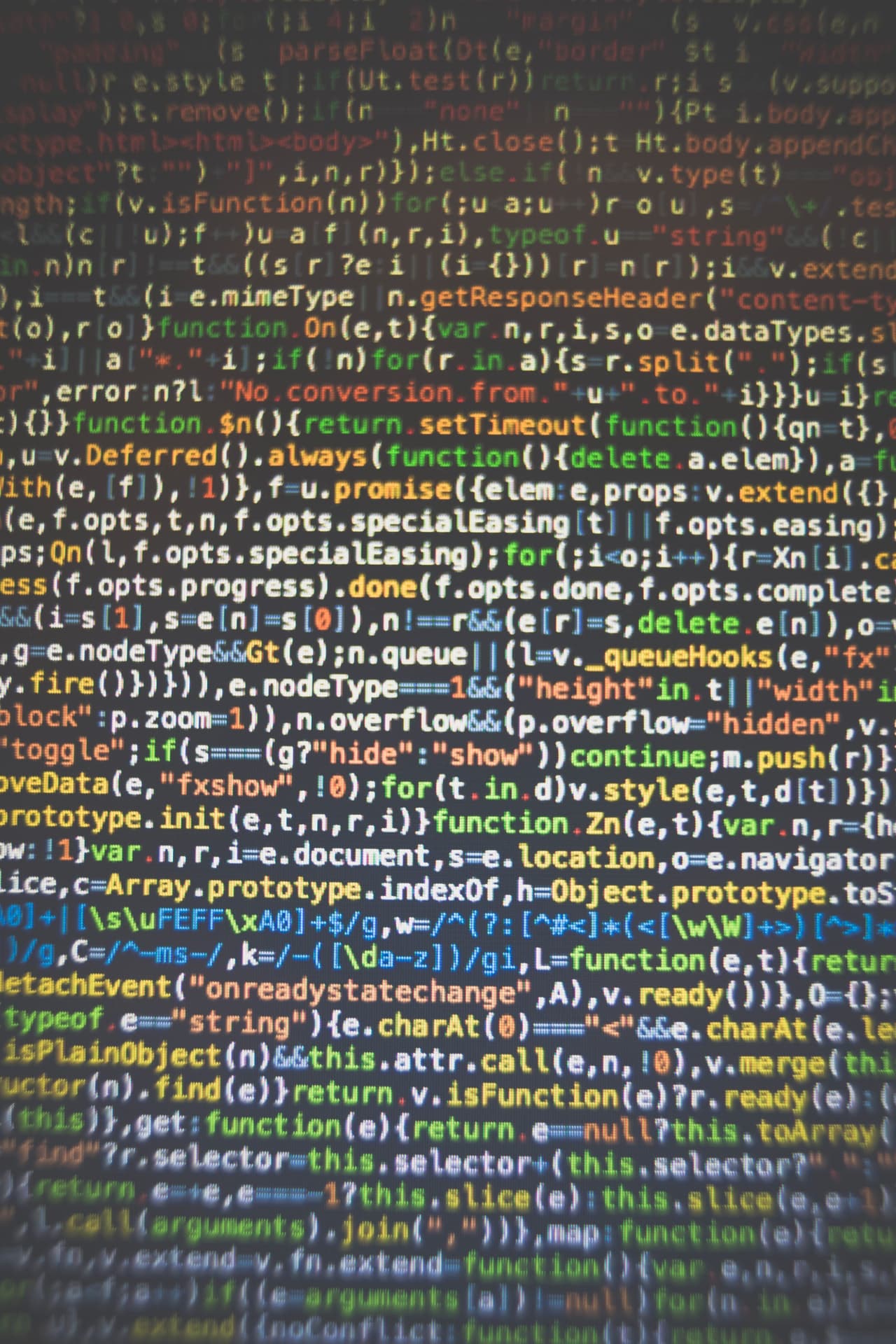How smart is your web application? What about the firewall you use to protect it? In a time when hackers and digital threats are getting smarter than ever, you can’t afford to rely on a static, standard firewall system to protect your most valuable asset. And given the choice between a traditional firewall and a firewall that can actually learn from experience, why would you want a traditional firewall?
Here’s why machine learning can revolutionize our approach to web application firewalls and why it’s time for your business to make a smarter investment.
IMAGE: PEXELS
What Are Web Application Firewalls?
A web application firewall is a natural outgrowth of the evolving security environment for web applications. In the early days of web apps, security consisted of keeping hackers out and letting authorized users in (with broad access). This was done by routing authorized user access to a server and behind a firewall.
Now, though, much of the activity of web applications remain within the application itself. The company that owns the app has a server and firewall, but the application doesn’t generally use it.
WAFs protect applications by reinstituting a firewall. A WAF monitors and filters HTTP traffic between the app and the Internet, basically acting as a shield. It’s a type of reverse-proxy, protecting the app owner by forcing clients to pass through the WAF before reaching the owner’s server.
Traditional WAFs are static defense systems, but with evolving security threats, it’s time for them to start learning. This is where machine learning comes into play.
What Is Machine Learning?
Machine learning is a well-known term, but it’s often confused with artificial intelligence. Artificial intelligence is the science of making something smart, i.e. getting a machine to do a human task. This can be as simple as a cleaner program on your computer.
Machine learning, on the other hand, is an approach to AI using a system capable of learning from experience, just like a human would. If an AI is designed to copy human behavior, machine learning is designed to teach a system how to recognize patterns instead of relying on a series of pre-coded patterns.
How do you know whether a system is AI or machine learning? It’s simple: if the machine can learn from data rather than algorithms and change its behavior based on data it constantly collects, it’s machine learning, not AI.
Machine Learning And Cybersecurity
This is what makes machine learning so exciting for cybersecurity applications. In principle, machine learning can help businesses respond to threats by allowing a program to learn from huge datasets. A machine learning system that can analyze threats and learn from them can change itself to better protect against threats in the future, in much the same way a human learns from experience.
The difference is that a sophisticated machine learning system can analyze hundreds (if not thousands) more datasets than a human security expert, which means it can handle multiple streams of information with far greater efficiency.
Threats And Threat Detection Challenges To WAFs
That’s good news for WAFs, which face unique threats and threat detection challenges in the new security environment.
Most traditional WAFs rely on signature-based models. A signature is a pattern containing pieces of code representing a known attack on a system. A signature-based WAF will take a string of suspicious code and run it against all of its programmed signatures, much like the human immune system checks its available library of B-cells until it finds the right match for an invader. If the WAF recognizes the code as one of its signatures, it blocks the code from running.
The difference is that the human body has stored responses for an almost unimaginable number of antigens, while a signature-based WAF only has a limited number of signatures. It’s also an imperfect system with a high potential for false negatives or false positives.
If you’ve been paying attention, this problem should sound familiar.
How Machine Learning Can Help
The issue with signature-based WAFs basically describes the issue with AI. AIs cannot learn and evolve–all they do is run the same operation based on pre-programmed patterns. Machine learning is different.
Like application learning used in traditional WAFs, machine learning collects data as users go about their business in the application. The difference is that machine learning uses a statistical model to determine whether an HTTP request varies significantly from past requests. If a request strays too far, it is flagged as an anomaly.
From there, a second layer of machine learning checks whether the anomaly is a genuine threat or a benign variation like a typo. From there, it can take action to handle the anomaly appropriately.
This allows machine learning systems to target threats with far greater accuracy and with a built-in secondary check to guard against false positives.
The Future Of Advanced Threat Detection
We still have a long way to go before we achieve science fiction-level machine learning, but the advancements we have already made in machine learning are astonishing. We can already create a firewall that can learn from its experiences to identify threats with far greater accuracy.
And when you’ve worked so hard to build a product and put in so much legwork to create consumer trust, the reality is that you can’t afford to lose everything because of a lackluster security response. It’s time to get smarter about web application security, and machine learning solutions can help WAFs get there.
If you are interested in even more technology-related articles and information from us here at Bit Rebels, then we have a lot to choose from.


COMMENTS